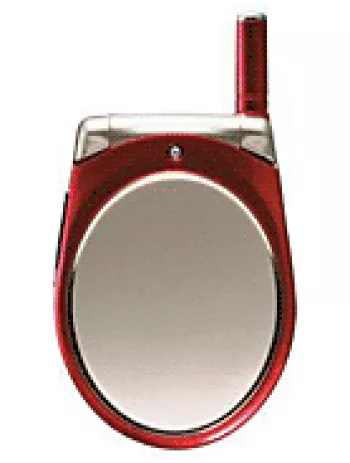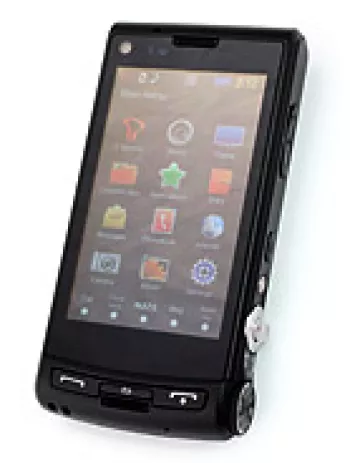
Overview of the Samsung X400
The Samsung X400 was a mobile phone announced in the second quarter of 2003, targeted towards users who were seeking a reliable and straightforward communication device. It was discontinued later, but during its time, it attracted attention with its unique color options and functional features suited for standard mobile use.
Design and Build
The Samsung X400 sported a compact and lightweight design. With dimensions of 86 x 46 x 20 mm and weighing just 90 grams, it was easily portable and fit comfortably in the hand or pocket. It featured a Mini-SIM slot, which was the standard at the time, ensuring compatibility with most GSM networks. The device was available in multiple colors, including Deep Blue, Yellow Green, Dark Violet, and Caramel Orange, adding a touch of personalization for users.
Display Specifications
This device came equipped with a TFT display capable of showing 65K colors. Although it didn’t boast a large screen by today’s standards, it offered a resolution of 128 x 160 pixels across 7 lines, which was adequate for the phone’s basic functions and navigation menus.
Network and Connectivity
The Samsung X400 supported GSM technology and operated on 2G bands, specifically GSM 900 / 1800 / 1900. It included GPRS Class 8 for mobile data but did not support EDGE connectivity. While it lacked Bluetooth and Wi-Fi connectivity, it featured an infrared port, which was a common method for data transfer at the time. The device also included FM radio capability, providing an additional media option for users.
Memory and Storage
In terms of memory, the device could store up to 500 contacts in its phonebook, each with 6 fields, and also supported contact groups. For call records, it could log 10 dialed, 10 received, and 10 missed calls. However, it did not feature a card slot for expandable memory, limiting on-device data storage options.
Sound Features
The Samsung X400 was equipped with vibration and downloadable polyphonic ringtones. It did not have a loudspeaker or a 3.5mm audio jack for headphones, which might have limited its audio output options.
Battery Life
One of the notable features of the Samsung X400 was its battery life. The device housed a removable Li-Ion battery with two capacity options: 620 mAh and 900 mAh. With the standard 620 mAh battery, users could expect up to 260 hours of standby time and up to 3 hours of talk time. The higher capacity battery option extended standby time to 380 hours and talk time to 5 hours, which was impressive for its category.
Software and Features
Operating as a feature phone, the Samsung X400 did not run a smartphone OS but provided basic phone functionalities. It supported SMS and EMS messaging and featured a WAP 1.2.1 browser for basic web browsing. Despite its simplicity, it included four games—BubbleSmile, Fun2Link, Golf, and MobileChess—along with Java support, adding entertainment value to the device.
Addtional Features
The device came with a few useful features such as a clock and an alarm. However, it did not feature advanced sensors commonly found in modern phones. Its simplistic design and functionality were appealing to users who needed a phone primarily for calls and messages without the complexities of a smartphone.
Conclusion
The Samsung X400, while considered basic by today’s standards, played an essential role in the evolution of mobile phones in the early 2000s. Its practical design, coupled with reliable performance, made it a suitable choice for users seeking basic functionality and ease of use. Despite its discontinuation, it remains a classic example of the transitional phase in mobile technology between traditional cellphones and the advent of smartphones.
Key Features of Samsung X400
- Compact and lightweight design (90 g)
- GSM 900/1800/1900 network support
- TFT display with 65K colors
- Infrared port for connectivity
- FM Radio availability
- Java support for applications and games
- Downloadable polyphonic ringtones for personalized alerts
- Standard battery options with up to 380 h standby time
- Multiple color options: Deep Blue, Yellow Green, Dark Violet, Caramel Orange
Disadvantages of Samsung X400
- No EDGE support for faster data speeds
- Discontinued model, no longer available in the market
- Lacks expandable storage, no card slot
- No integrated camera
- Absent loudspeaker and 3.5mm headphone jack
- Does not support Bluetooth connectivity
- Limited Internet access via WAP 1.2.1 browser
- Short talk time duration compared to modern standards
- Outdated display technology with limited color range (65K)

View Also
More Phones
All Rights Reserved +14266 Phones © Mobilawy 2025

























